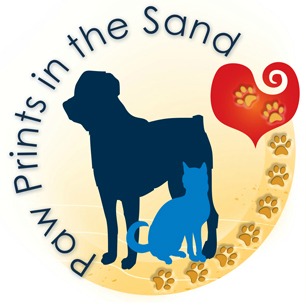
Marijuana. Cannabis. It used to be the drug of hippies and college kids. Now legalized in 30 states and the District of Columbia, it’s not so taboo any more. However, it is still very new in this regard, especially when it comes to medicinal use and regulatory issues.
Nevertheless, the increasing use of cannabis for medical purposes has spawned a budding industry. With this, comes a lot of confusion for consumers who are interested in exploring the health benefits of cannabis for both themselves and their pets.
For simplicity’s sake, we’ll break down the most common compound for medicinal marijuana: Cannabidiol (CBD).
What is CBD?
Cannabidiol (CBD) is a major constituent of the cannabis plant. It is a cannabis compound that has significant medical benefits, but does not make people feel “stoned” like Phytocannabinoid tetrahydrocannabinol (THC).
CBD doesn’t activate the brain’s cannabinoid receptors in the same manner as THC. It does however, target a wide variety of proteins in the brain and nervous system that regulate cell activities. By interacting with the brain’s signaling systems in various ways, it can provide relief from pain, anxiety, and nausea. Beyond our brains, CBD may benefit our bones and immune systems and work broadly throughout the body as an anti-inflammatory and antioxidant, which may help protect cells from damages associated with neurodegenerative diseases. It has proven to have the same effect on our pet.
What are the differences between 250mg, 500mg and 1000mg of CBD?
You will likely see various pet CBD products with varying amounts of CBD (in mg). What does this mean? It’s basically the potency. 250mg is a low-potency oil while 1000mg is a high potency oil. It also means the percentage of actual CBD that is in the product.
For example: A single serving of the 250mg (30 mL) bottle is equivalent to 15 drops of oil. which translates to a 7mg dose of CBD. Pet owners may not even use a full dose though, as your pet can find relief with as little as 5-7 drops of oil, which translates to about a 3mg dose. However, make sure to talk to your vet prior to starting a CBD regiment for your pet, and always check dosing amounts as it applies to the size of your pet.
While the perception is the higher the potency, the more effective the product, which is not altogether untrue; CBD product potency is really about the degree to which CBD can effect a dog’s health. It is directly related to the ability of that CBD product to be absorbed, transported and made available to individual receptor sites. This is primarily determined by the method of delivery:
-
Sublingual- under the tongue. When administered this way, the cannabinoids come into close contact with blood-rich tissues in the mouth and are immediately absorbed into the bloodstream. Because of this, sublingual administration is considered the best choice of dosing.
-
Oral ingestion from treats or on food. While not as effective as sublingual administration, putting some CBD oil in your pet’s food is less “invasive”. However, it is possible that a percentage of the original stated dose is lost due to the presence of digestive enzymes and stomach acids. This results in a much lower bio-availability of active cannabinoids and therefore, lowers the absorption rate.
Full spectrum CBD, such as PPITS Pet CBD, contains an array of non-intoxicating cannabinoids such as cannabidiol (CBD), Cannabichromene (CBC), Cannabigerol (CBG), Cannabinol (CBN), Cannabidivarin (CBDV) just to name a few. All have shown to help with conditions such as anxiety, cancer, inflammation, seizures, diabetes, arthritis, pain, and nausea to name a few. When combined, all the cannabinoids and terpenes work together in synergy, which ultimately make it a more effective product.

Recent Comments